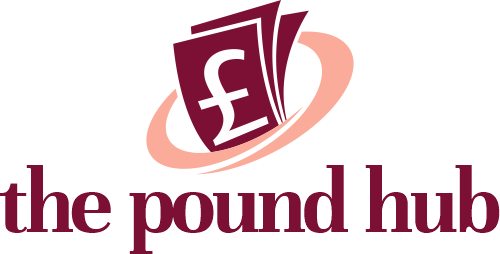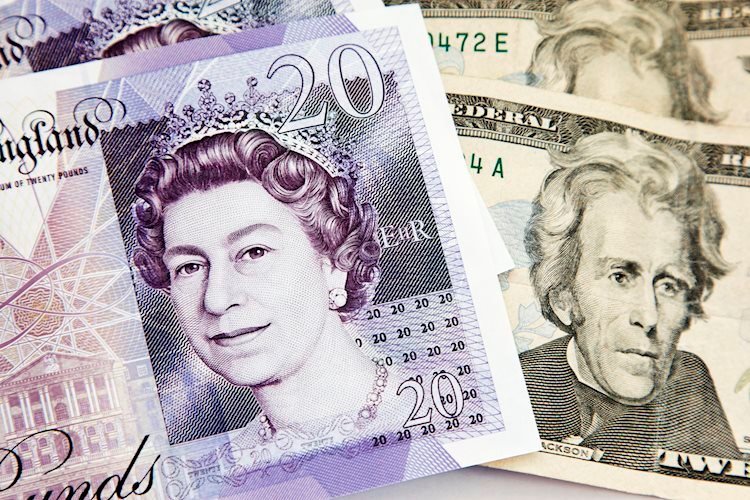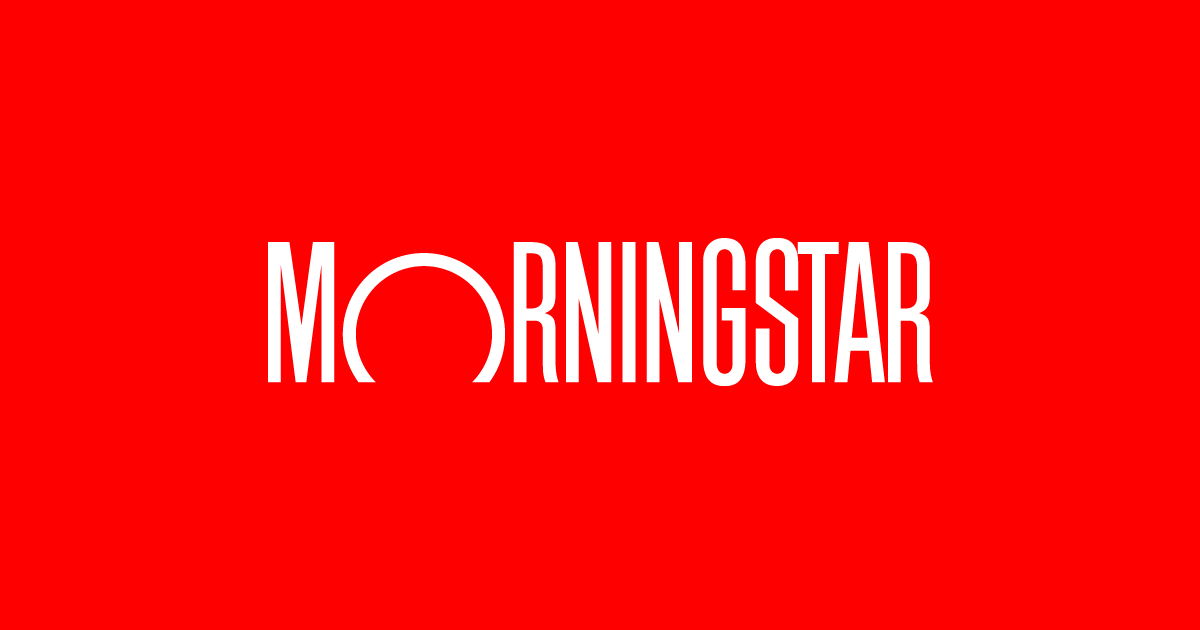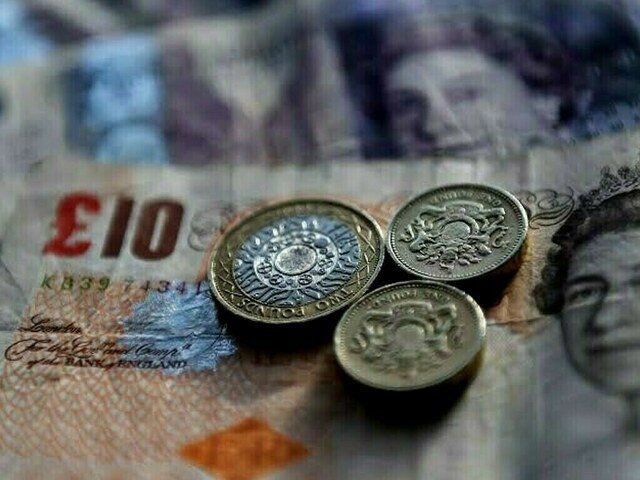- The Pound Sterling turns positive against the US Dollar around 1.3250 on Friday ahead of the US-China meeting over the weekend.
- Investors have cheered the US-UK trade deal announced on Thursday.
- The BoE cut interest rates by 25 bps to 4.25%, while the Fed left them unchanged in the range of 4.25%-4.50% this week.
The Pound Sterling (GBP) recovers intraday losses and moves higher to near 1.3270 against the US Dollar (USD) in European trading hours on Friday. The GBP/USD pair attracts bids as the US Dollar corrects slightly after a strong upside on Thursday.
The US Dollar Index (DXY), which tracks the Greenback’s value against six major currencies, retraces to near 100.40 from an almost a month high of 100.85 posted on Thursday. The USD Index rose sharply the previous day after the announcement of a trade deal between the United States (US) and the United Kingdom (UK).
A strong upside move in the US Dollar reflects that financial market participants have cheered the first trade deal by the White House under the leadership of US President Donald Trump since the ‘Liberation Day’. This has boosted investors’ confidence that tariffs announced by Trump are more of a “tactic” to have a dominant position while negotiating trade deals with other nations, and have eased fears of higher import duties derailing the economy.
However, the materialistic impact of the US-UK trade deal is limited as Washington already enjoys a trade surplus against London. Therefore, the real boost for investors’ confidence in the US economy would increase if the trade war between Washington and China de-escalates after their meeting in Switzerland on Saturday.
US Treasury Secretary Scott Bessent and Trade Representative Jamieson Greer have confirmed that they will meet their Chinese counterparts over the weekend, aiming to de-escalate the trade war.
Ahead of the Sino-US trade discussions, US Commerce Secretary Howard Lutnick has also expressed confidence in improving trade relations between the world’s two largest powerhouses. “De-escalation with China is Bessent’s goal in talks,” Lutnick said in an interview with CNBC on late Thursday.
Meanwhile, a report from The New York Post has shown that US President Trump could lower tariffs on China to the range between 50% and 54% as early as next week. However, White House spokesperson Kush Desai has not confirmed so.
Daily digest market movers: Pound Sterling trades lower against its peers
- The Pound Sterling outperforms its peers, except the Japanese Yen (JPY), on Friday. The British currency capitalizes on the announcement of the US-UK trade deal the previous day, and the Bank of England (BoE) interest rate cut decision, with a 7-2 vote split.
- The BoE lowered interest rates by 25 basis points (bps) to 4.25%, as expected, marking the fourth rate cut in the current monetary expansion cycle. BoE Monetary Policy Committee (MPC) member Catherine Mann and Chief Economist Huw Pill favored leaving interest rates unchanged, while investors expected all MPC members to vote for an interest rate reduction. Out of seven MPC members who supported monetary policy easing, two officials, Swati Dhingra and Alan Taylor, backed a bigger reduction of 50 bps.
- Other factors from the monetary policy announcement, which fetched bids for the Pound Sterling, were the retention of a “gradual and careful” policy-easing approach and an upwardly revised Gross Domestic Product (GDP) forecast for the current year. The BoE sees the economy expanding at a faster pace of 1%, up from 0.75% projected in the February meeting.
- However, BoE Governor Andrew Bailey has warned of upside risks to the economy due to the global trade war. “Global economic environment is likely to continue to be challenging and less predictable than it was in the past,” Bailey said during European trading hours.
- Meanwhile, the US Dollar was also outperforming after the Federal Reserve’s (Fed) monetary policy announcement on Wednesday, in which the central bank left interest rates steady in the range of 4.25%-4.50% for the third time in a row. The Fed guided that monetary policy adjustments would be appropriate only if officials get clarity on how new economic policies by US President Trump will shape the economic outlook.
- Fed Chair Jerome Powell warned of stagflation risks in the face of tariffs announced by Trump. “Tariffs so far announced are significantly bigger-than-expected, and we will see higher inflation, and lower employment if large increases in tariffs as announced are sustained,” Powell said.
British Pound PRICE Today
The table below shows the percentage change of British Pound (GBP) against listed major currencies today. British Pound was the strongest against the New Zealand Dollar.
| USD | EUR | GBP | JPY | CAD | AUD | NZD | CHF | |
|---|---|---|---|---|---|---|---|---|
| USD | -0.19% | -0.19% | -0.51% | -0.06% | -0.03% | 0.22% | -0.10% | |
| EUR | 0.19% | -0.01% | -0.33% | 0.13% | 0.16% | 0.41% | 0.08% | |
| GBP | 0.19% | 0.01% | -0.33% | 0.14% | 0.17% | 0.42% | 0.12% | |
| JPY | 0.51% | 0.33% | 0.33% | 0.46% | 0.48% | 0.72% | 0.44% | |
| CAD | 0.06% | -0.13% | -0.14% | -0.46% | 0.02% | 0.28% | -0.01% | |
| AUD | 0.03% | -0.16% | -0.17% | -0.48% | -0.02% | 0.25% | -0.05% | |
| NZD | -0.22% | -0.41% | -0.42% | -0.72% | -0.28% | -0.25% | -0.29% | |
| CHF | 0.10% | -0.08% | -0.12% | -0.44% | 0.01% | 0.05% | 0.29% |
The heat map shows percentage changes of major currencies against each other. The base currency is picked from the left column, while the quote currency is picked from the top row. For example, if you pick the British Pound from the left column and move along the horizontal line to the US Dollar, the percentage change displayed in the box will represent GBP (base)/USD (quote).
Technical Analysis: Pound Sterling recovers from 1.3200

The Pound Sterling attracts bids near the three-week low of 1.3210 against the US Dollar on Friday. However, the outlook of the pair has turned uncertain due to the formation of a Head and Shoulders (H&S) chart pattern on the 4-hour timeframe after it revisited the three-year high around 1.3450. A breakdown of the H&S chart pattern leads to a bearish reversal, and its formation near a critical resistance increases its credibility.
The Cable trades below the 50-period Exponential Moving Average (EMA), which is around 1.3305, suggesting that the near-term trend is bearish.
The 14-period Relative Strength Index (RSI) seems vulnerable around 40.00. Should a bearish momentum trigger if the RSI falls below the 40.00 level.
On the upside, the three-year high of 1.3445 will be a key hurdle for the pair. Looking down, the psychological level of 1.3000 will act as a major support area.







